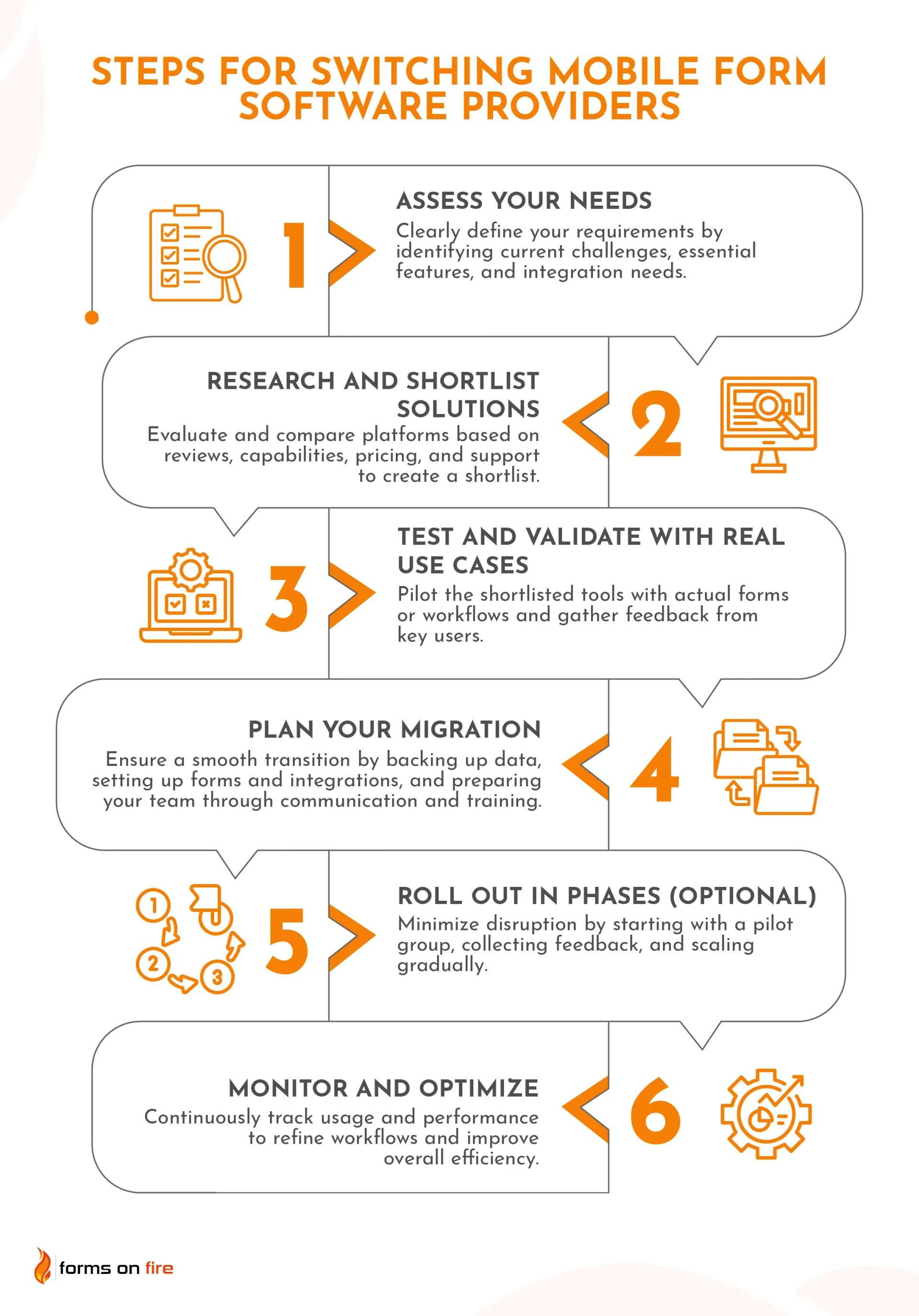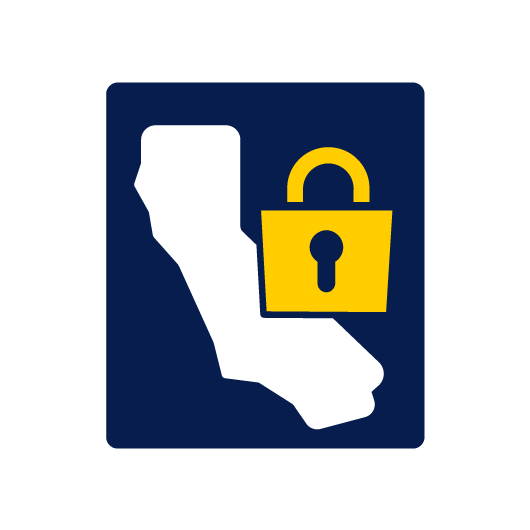8 Signs You Need a Better Mobile Forms Solution — and How to Switch Providers
Mobile forms software has become essential for organizations that rely on data collection in the field, whether it’s inspections, compliance, safety, construction, logistics, or service-based operations. When done right, mobile forms can streamline workflows, improve accuracy, and drastically cut down the time it takes to collect and act on information.
But what happens when your current solution can’t keep up?
Outdated, clunky, or overly complex systems—or worse, paper-based processes—can create friction, slow down teams, and leave you stuck doing more work than necessary. This post will help you recognize the potential limitations of your current software, and show you how to make a smooth switch.
If you're currently using GoCanvas and wondering how other platforms stack up, check out our detailed Forms On Fire vs GoCanvas comparison to see how we measure up on pricing, features, and customer support.
8 signs you need a better mobile forms software
If any of the following sound familiar, it may be time to explore a more capable and user-friendly mobile forms solution:
- Frequent crashes or glitches: Unreliable software that crashes often can lead to lost data, delayed submissions, and a frustrated team.
- Limited offline functionality: If your field teams struggle when there’s no signal, you’re missing a core capability. Modern platforms should work seamlessly online and offline.
- Slow or unreliable data syncing: Data delays can disrupt workflows and slow down decision-making, especially when you need real-time access across teams.
- Clunky or outdated interface: An unintuitive UI means longer training times and higher user resistance. Ease of use matters, especially for teams on the go.
- Lack of customization or flexibility: If your software can’t adapt to the way your business works, you're likely wasting time on workarounds.
- Inadequate integration with other systems: Without the ability to connect to tools like CRMs, ERPs, or cloud storage, you’ll end up duplicating work manually.
- Limited reporting or analytics: Collecting data is only half the equation. Without built-in reporting, it’s hard to track performance or spot trends.
- Unresponsive or slow customer support: When something breaks or you need help, waiting hours—or days—for a response can bring operations to a halt.
How to switch mobile forms providers without the headache
If you're nodding along to any of the points above, you're not alone. The good news? Switching to a better mobile forms solution doesn’t have to be complicated. Here’s a step-by-step approach to help you make the transition as smooth and risk-free as possible.

Step 1: Assess your needs
Start by documenting your current challenges and what you need from a new solution. Consider:
- What types of forms do you use?
- What are your field teams’ pain points?
- What systems do you need to integrate with?
- How important is offline access or real-time syncing?
- Do you need dashboards, analytics, or automated workflows?
Knowing what you must have versus what would be nice to have helps guide the evaluation process.
Step 2: Research and shortlist solutions
Look for platforms that meet your requirements and check third-party reviews (like G2 or Capterra) to compare performance, support, ease of use, and value for money. Be sure to ask potential providers:
- How long is the onboarding process?
- Is there a free trial?
- What kind of support and training is provided?
Step 3: Test and validate with real use cases
Before fully committing, test your shortlisted solution with a few real forms or workflows. Invite key users to provide feedback. A good platform will offer a guided trial, ready-to-use templates, and responsive support throughout your evaluation.
Step 4: Plan your migration
Coordinate your transition by:
- Backing up existing form data
- Rebuilding or importing forms into the new system
- Mapping out integrations and workflows
- Communicating the change and training your team
Some partners—like Forms On Fire—go the extra mile by offering customized onboarding support, including custom form conversions and integration setup, so you don’t have to do it alone.
Step 5: Roll out in phases (optional)
For larger teams, consider a phased rollout. Start with a pilot group, gather feedback, make adjustments, then expand to the full team. This minimizes disruption and ensures adoption.
Step 6: Monitor and optimize
Once live, keep an eye on performance. Are forms being submitted correctly? Is data syncing as expected? Use built-in reports and user feedback to tweak workflows and improve efficiency.
Take the first step today
Modern, efficient mobile forms software can transform how your business operates, from reducing errors to saving hours of manual work. If you're still dealing with unreliable apps, disconnected systems, or mountains of paper forms, now is the time to explore better options.
Forms On Fire is more than just a tool — it’s a partner dedicated to helping field teams work smarter, faster, and with fewer obstacles. With a flexible, low-code platform that works anywhere (even offline) and unlimited support from real humans, it’s never been easier to upgrade.
Curious how we compare to GoCanvas? Explore the full Forms On Fire vs GoCanvas guide and discover why so many teams are making the switch.
Ready to take your next step?
Book a demo today to see how easy it is to transition to Forms On Fire, or
start your free trial and build your first form in minutes.




